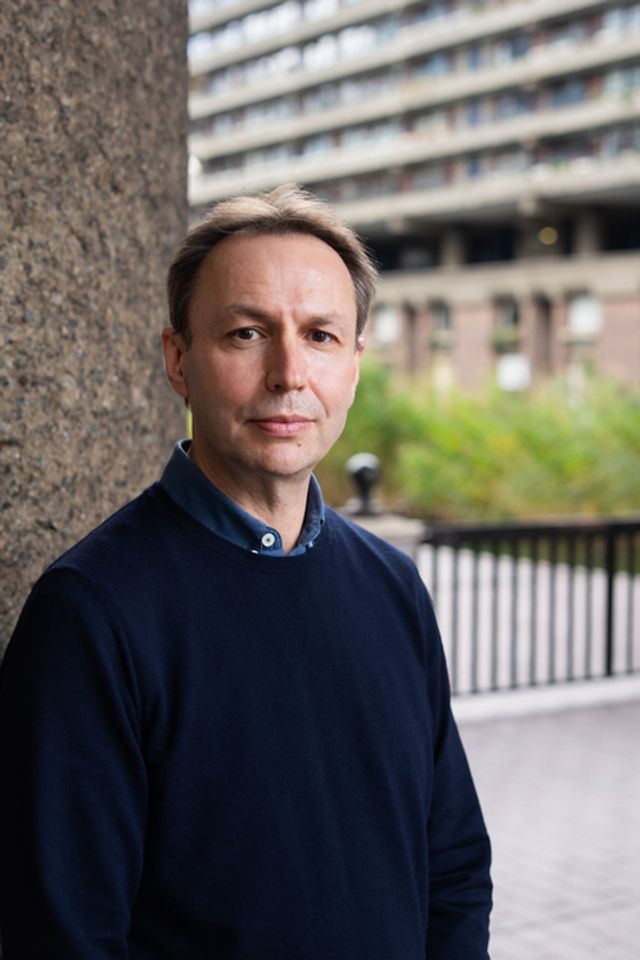Are art prizes in a death spiral? For years, juries and organisations have been tweaking the rules and formulas of established awards. The latest: the Artes Mundi prize has been given to all six shortlisted artists—Firelei Báez, Dineo Seshee Bopape, Meiro Koizumi, Beatriz Santiago Muñoz, Prabhakar Pachpute and Carrie Mae Weems—rather than a single winner.
Artists themselves prompted much of this self-reflection. Theaster Gates shared his winnings when he was awarded the Artes Mundi prize in 2015; Helen Marten did the same with the Turner Prize the following year. In 2019, the Turner Prize was awarded to all four nominees—Lawrence Abu Hamdan, Helen Cammock, Oscar Murillo and Tai Shani—after they petitioned the jury to treat them as a collective.
Of course, there’s long been dissatisfaction with the vulgar idea of pitching creative people in opposition to each other. Brian Eno, who presented the Turner Prize to Damien Hirst in 1995, wrote in A Year with Swollen Appendices, his excellent diary, that the Turner was “like having only one event at the Olympics—6,500 athletes, boxers, sprinters line up to do the high jump. It can’t possibly satisfy most people.” To tackle the pressure, he suggested an amusing alternative, for “a proliferation of prizes with all sorts of different, arbitrary premisses”, like “best painting of a whale” and “best picture done in the dark”.
But the real proliferation was different: those that have sprung up in the Turner’s wake, like the Artes Mundi, founded in 2003, and the Pompidou’s Prix Marcel Duchamp, established in 2000, mostly follow similar formats, and force juries into similarly invidious positions. The current Turner Prize jury’s much maligned decision to shortlist collectives rather than individuals is at least a gesture towards levelling the playing field. But such is the current climate, it would now feel remarkable if they selected a winner rather than sharing the award.
Until recently, the organisations—often museums—behind the prizes seemed convinced that the end justified the means. The Turner Prize was set up in 1984 expressly to promote new developments in contemporary British art. It was instrumental in a surge of interest in new art in the 1990s. But that was before there was even a dedicated UK national museum for contemporary art. And Tate Modern is now 20 years old. New developments in contemporary art are more widely discussed than the Turner’s founders could have dreamt of.
Now, prizes seem less able to convince us—and, most importantly, themselves—what they’re for. It’s telling that the “everyone’s-a-winner” decisions are framed in similar terms: the Artes Mundi jury reflected on “this time of exceptional social and economic upheaval”; the 2019 Turner Prize winners evoked a “time of political crisis in Britain and much of the world, when there is already so much that divides and isolates people and communities”.
There seems to be a consensus that choosing between artists at different stages in their careers and using diverse media amid tumultuous geopolitics seems fundamentally trivial. Perhaps it is time to knock art prizes on the head.



